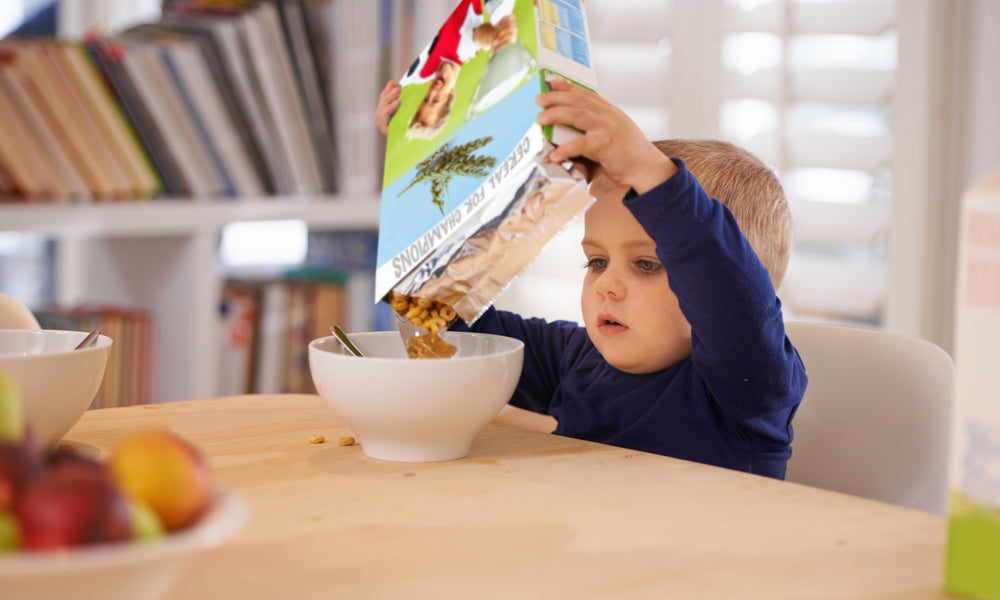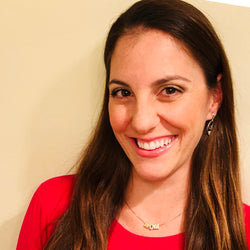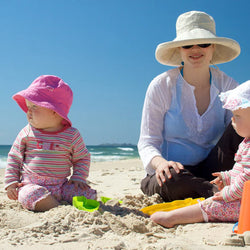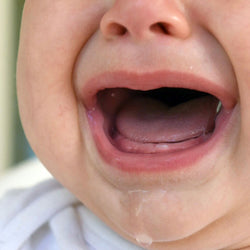Why Parents Should Avoid the Cereal Aisle

by Sandee Gruner
Oct 29, 2018
It's amazing how motherhood can change a person. When it comes to cereal this couldn't be more true for me.
Those colorful, overpriced boxes of sugar and food coloring were my pregnancy craving. If any of the cereals listed on the "bad list" were on sale, you better believe I stockpiled at least five boxes. You would have thought I found a pot of gold when Lucky Charms was on sale!
Shop
Article Continues Below Advertisement
I'm happy to report that I've learned to avoid the cereal aisle these days and for good reason. Toxin-filled cereals in their bright, fun boxes are targeted to kids, and the callouts on the boxes about fortified vitamins are targeted to parents.
What to Avoid in the Cereal Aisle
Although many cereal makers are working to make their cereals less toxic, it's important for parents to read the labels and take note of these toxins:
Added Sugar: This could be listed as sugar, high fructose corn syrup, corn sugar and evaporated cane juice. Parents should strive for their children to consume less than 25 grams of sugar per day. With childhood obesity on the rise (and an increase in pediatric diagnoses of "adult diseases" such as Type 2 diabetes and high blood pressure), this is a key ingredient to watch out for.
Hydrogenated Oils: These oils contain trans fats when partially hydrogenated, and saturated fats with fully hydrogenated: trans fat being the worst fat type. These fats are linked to cancer, heart disease and immune system problems.
GMOs and Glyphosate: Look out for genetically modified ingredients such as sugar, corn and soy. The science behind genetically modified is less concerning compared to the high levels of Monsanto’s herbicide glyphosate they often contain.
According to Mamavation, glyphosate has been categorized as a probable carcinogen by the World Health Organization as well as placed in the Prop.65 List of Carcinogens known to affect reproduction in California. Non-GMO products do not guarantee glyphosate-free. Learn more about glyphosate-residue free certification from the Detox Project.
Fortified Vitamins: As a result of extrusion processing, nutrients that are naturally in foods are depleted. Cereal makers then unnaturally add vitamins back into the food. Another reason to add vitamins is due to the assumption that children need the fortified foods to help them reach the suggested daily vitamins and minerals each day. This may be true in some cases, so parents should keep a close eye on ingredients.
Additives like BHA and BHT: BHA and BHT are known to be safe, but due to the high amount of processed foods the average person consumes, it's likely many are getting more than they should. These have also been thought to be a trigger for ADHD.
Artificial Food Dyes: The FDA currently states that food coloring is safe, but the three most widely used dyes, Red 40, Yellow 5, and Yellow 6, are contaminated with known carcinogens. Some studies say food coloring is linked to hyperactivity in children.
Read more
by Sami Cone
Sort through the hype and get down to the real shift that will impact your family's health.

Article Continues Below Advertisement
Extrusion Processing
If the toxins weren't enough, extrusion processing of these foods creates further risk for health concerns. This semi-new form of processing is seen in organic and conventional brands, and some experts believe more research is needed regarding its effect on proteins.
According to a study by Weston A. Price Foundation, Dirty Secrets of the Food Processing Industry, "rats given vitamins, water and all the puffed wheat they wanted died within two weeks—even before the rats that got no food at all. These results suggest that there was something very toxic in the puffed wheat itself! Proteins are very similar to certain toxins in molecular structure, and the pressure of the puffing process may produce chemical changes that turn a nutritious grain into a poisonous substance."
The good news is that some companies have created cereal options that are safe for your family. Mamavation has put together an easy list of the good and bad cereals to help you on your next trip to the grocery store.
In addition to those "good" cereals, check out the below alternatives you can add to your breakfast menu.
3 Healthy and Easy Alternatives to Cereal
Whole Fruit: What's easier than tossing your kids a banana, apple or some berries? Fruit is full of color and tasty nutrition that your family needs to start their day. A spoon full of peanut butter or yogurt for dipping is a great addition.
Oatmeal: Whether you have time to cook oats on the stove top or chose to prepare overnight oats, your kids will thank you. Their tummies will be fuller longer and their bodies will gain much-needed nutrition.
Yogurt: This breakfast item couldn't be easier for a busy morning. Just peel it open, add a handful of nuts, seeds or fruit and breakfast is served.
The most important thing you could do for your children when it comes to their health is to educate yourself. While health regulations and suggestions seem to change almost daily, choosing whole food options as often as possible will help ensure you're feeding your children right.
Sandee Gruner
Sandee Gruner is a full-time working mom with a love for writing and communications. She resides in Southern California with her husband and two children, where she enjoys spending time with her family, exploring local attractions and volunteering.






